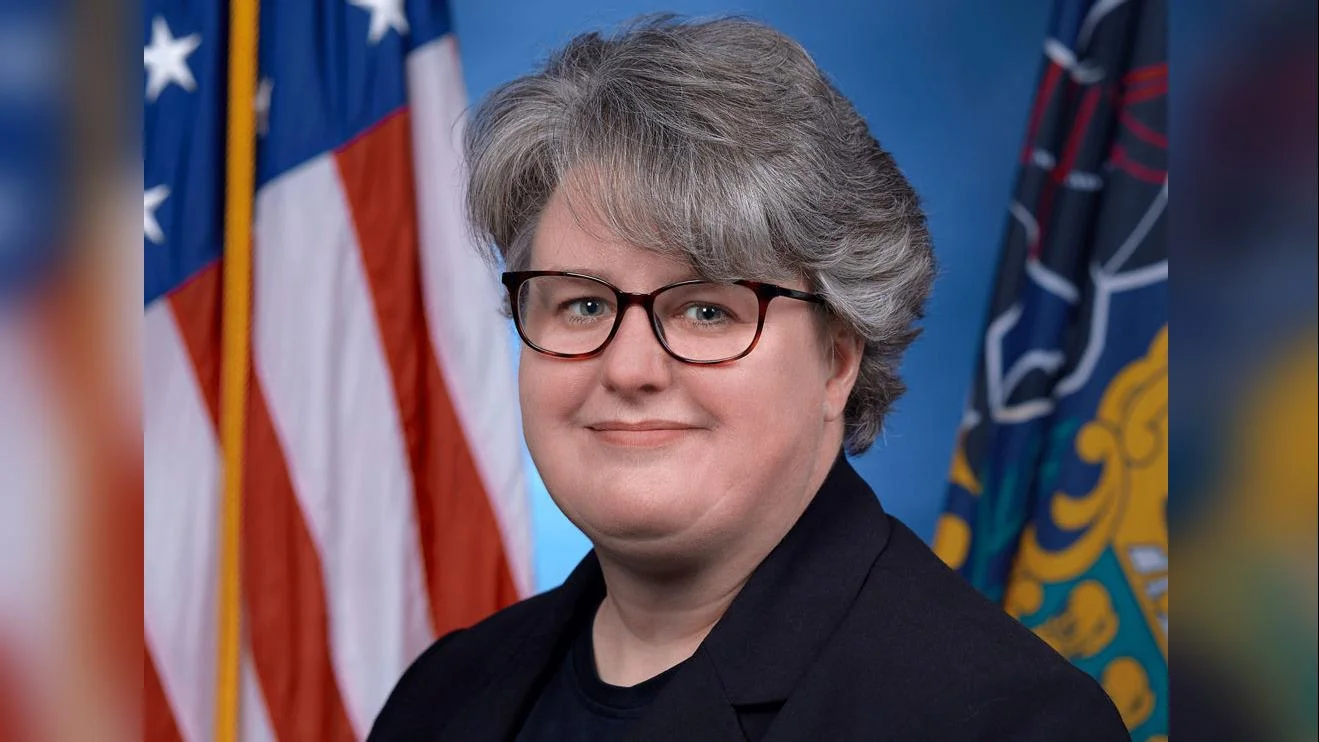
Elizabeth “Betsy” Corcoran, Co-founder and CEO | EdSurge Research
Industries such as nursing and manufacturing have benefited from the expansion of apprenticeship programs, but early childhood care has not seen similar progress. Despite the potential for apprenticeships to address workforce shortages in child care, this sector remains underrepresented, particularly by men.
Reeva Murphy, project director of the Early Childhood Workforce Connector, highlighted the slow recognition of early childhood care as a field suitable for apprenticeships. “We got a contract from the Department of Labor and I had to laugh because early childhood was designated as an ‘emerging field’ for apprenticeships; but I wrote a grant 30 years ago for it,” she said.
The importance of child care workers became more apparent after Covid-19, leading to renewed efforts to attract and retain staff. Experts suggest that increasing male participation could help resolve persistent staffing issues. Kyle Dooley, a kindergarten teacher in Virginia, emphasized the impact of male presence in classrooms: “A classroom is a perfect example of a miniature community and when any aspect of the community is missing, it doesn't feel whole. If we’re lacking adult males in the classroom or school in general, it’s a different vibe.”
Dooley is among a small group of men working in early childhood education—a figure that has remained at about 3 percent for decades. Some believe that targeted apprenticeship programs could help recruit more men into these roles.
Calvin Moore, CEO of the Council for Professional Recognition, noted: “There’s some fascinating apprenticeship programs that are attracting more men and it’s a very attractive notion. [Men] understand apprenticeships more than the traditional degree route. And I believe those are the silver-bullet solutions.”
The Early Childhood Workforce Connector was established in July 2023 with support from the Department of Labor. Over two years, it has placed over 1,000 apprentices in child care centers by fostering partnerships across sectors. Murphy explained: “Connections across sectors were not solid and the different fields did not understand each other well... Our message is, ‘We’re the workforce behind your workforce. Your apprentices, who have children, can’t complete theirs without child care.’”
Other initiatives include allowing high school students to earn Child Development Associate (CDA) certification while completing their diplomas—programs where gender representation is closer to equal in some districts.
“We believe the high school CDA is probably the future; if we can get young men introduced to the field early, then they're likely to stay,” Moore said.
Bryan Nelson, founder of MenTeach.org, argued that male mentors are essential for recruiting more men: “Men need other men to recruit them.” He cited an example where bringing a male leader into a Georgia classroom made it highly popular.
Dooley believes language used during recruitment matters: "It takes a lot of strength and courage to work with children. And I don't think that’s shown, or seen, or felt, if you’re not inside the classroom.”
While recruiting more men may help staffing levels, retention remains challenging due to low pay and limited advancement opportunities. Job growth stands at approximately 1.4 percent; many teachers experience burnout or must supplement their income through other means.
Moore observed that men often leave teaching positions for higher-paying administrative roles: “If you're staying with teaching and are in the classroom... you get a tiny pay raise, but it’s not a chance to receive a new title or get a bigger room or earn vacation... Things like that equate to status and is something men often look for in their career.”
The issue of compensation remains unresolved. Moore suggested that increased male participation could lead to higher wages: “I do think the issue is complex; ...but if I were to cast my bets, if we get more men by huge numbers, it would make a significant difference.” However, Murphy countered that higher wages are necessary first: “There are men who truly enjoy this work and are really good at this work, but they wouldn’t go take a job that started at $8 an hour.”
According to data from the Center for the Study of Child Care Employment at UC Berkeley (CSCCE), child care workers rank among the lowest paid nationally with average hourly earnings around $13.
Shauna Dyer from CSCCE pointed out historical trends where increased male representation raises wages within professions: “What excludes men in this field is not just the idea that it's feminine to take care of children; it's that we don’t value paying people a family living wage to do that work.” She added wage improvements typically require organized labor action: “I don’t think nurses got to the place they are now without fighting for it... They weren’t guaranteed higher wages, but just didn't give up.”
Murphy indicated multiple pathways into licensure—similar to nursing—could also drive wage increases over time.
Societal attitudes toward caregiving roles have shifted slowly. Dooley noted growing visibility for male educators on social media platforms such as TikTok and Instagram.
Research from organizations like Institute for Family Studies shows fathers now spend more time caring for their children than before—a trend accompanied by fewer concerns about having men teach young children due partly to technology-driven compliance measures.
Moore concluded: “I think technology and other compliance-type infrastructure has allowed a more common-sense approach... More than anything else, children need to be protected regardless of the gender of the profession.”
Murphy expressed cautious optimism about future changes within early childhood education: “We want everyone to have access to the field and do the work... It is an uphill battle... [I’ve seen] a lot of progress and you just have to keep pushing that.”





 Alerts Sign-up
Alerts Sign-up